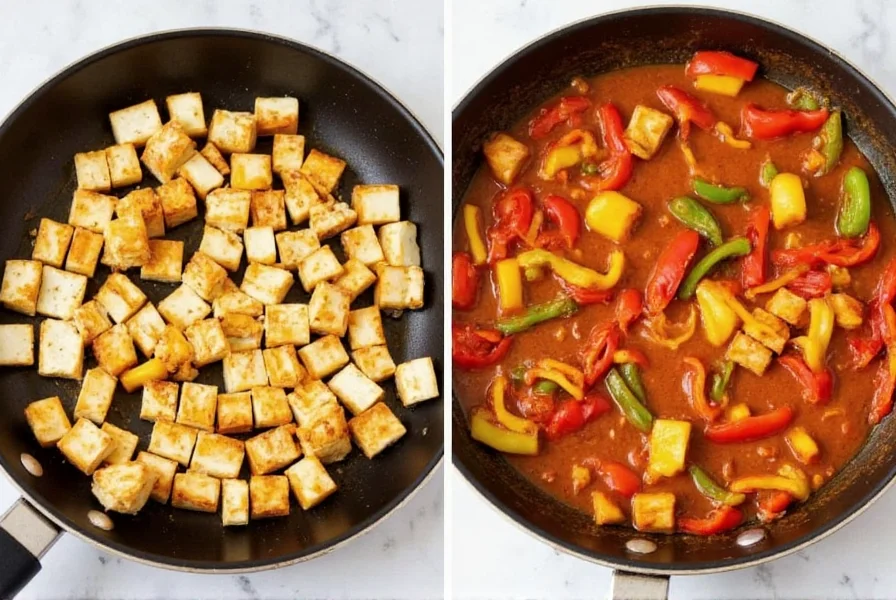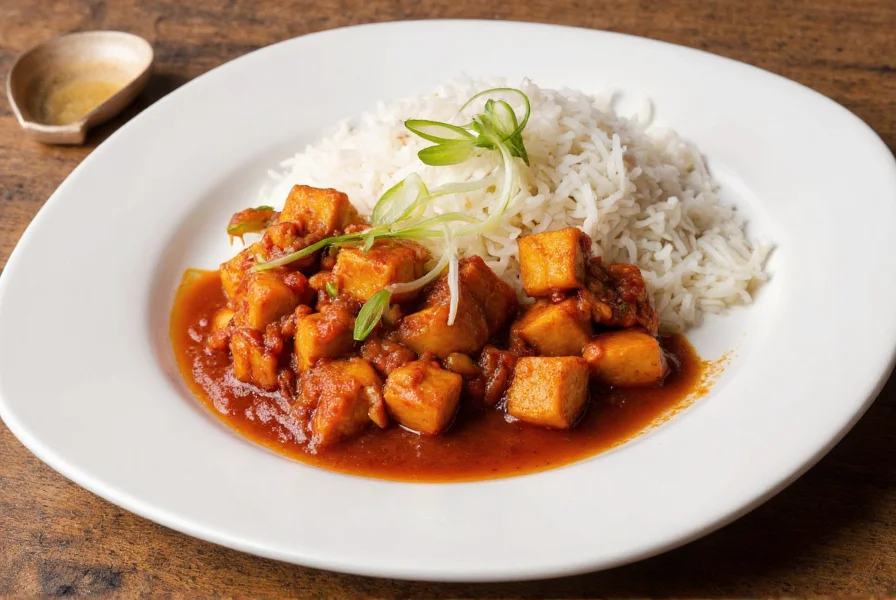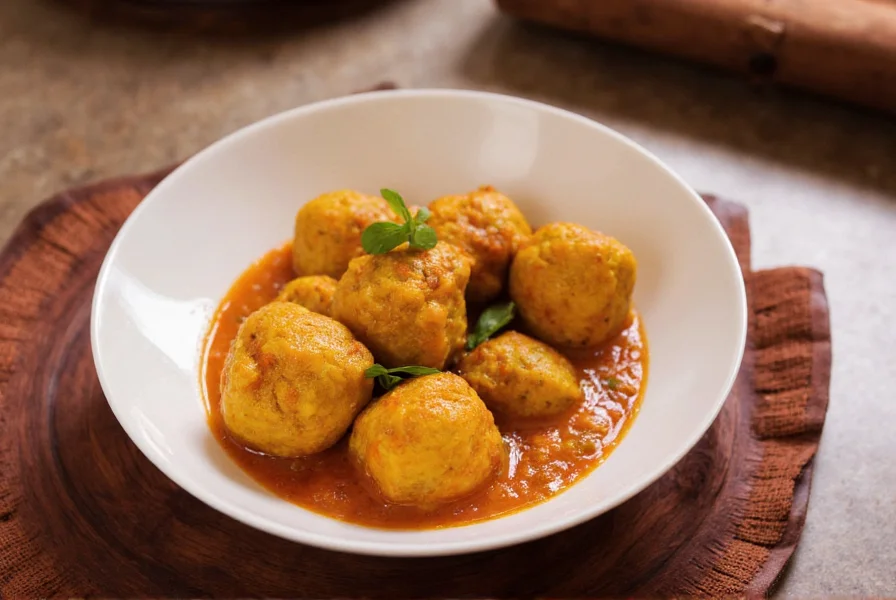When searching for chili paneer information, many home cooks seek authentic preparation methods that capture the perfect balance of flavors. This comprehensive guide explores the dish's origins, essential ingredients, and provides a reliable recipe that delivers restaurant-quality results in your kitchen.
The Origins of Chili Paneer
Chili paneer emerged from the vibrant fusion of Chinese culinary techniques and Indian ingredients, developing primarily in Kolkata's Chinese community during the mid-20th century. Unlike traditional Chinese dishes, this creation specifically caters to Indian palates by incorporating local spices and paneer, which isn't used in authentic Chinese cuisine. The dish gained nationwide popularity through Indian Chinese restaurants and has since become a staple in both restaurant menus and home cooking.
Essential Ingredients for Authentic Flavor
The magic of perfect chili paneer lies in its ingredient balance. While regional variations exist, these components form the foundation:
- Fresh paneer - Firm, homemade paneer holds its shape during stir-frying
- Bell peppers - Red and green varieties for color and sweetness
- Onions - White or red onions for texture and flavor base
- Ginger-garlic paste - Freshly made for authentic aroma
- Soy sauce - Both light and dark varieties for depth
- Chili sauce - Adds the characteristic heat and tang
- Cornstarch - Creates the signature glossy sauce texture
| Ingredient | Quantity | Preparation Tip |
|---|---|---|
| Fresh paneer | 250g | Cut into 1-inch cubes, lightly fried for texture |
| Bell peppers | 2 medium | Sliced into thin strips for even cooking |
| Onion | 1 large | Thinly sliced for quick stir-frying |
| Ginger-garlic paste | 1 tbsp | Freshly prepared for best flavor |
| Soy sauce | 2 tbsp | Mix light and dark varieties (1:1 ratio) |
Step-by-Step Authentic Chili Paneer Recipe
Creating restaurant-style chili paneer at home requires attention to cooking sequence and sauce consistency. Follow these steps for optimal results:
- Prepare paneer - Cut into cubes, optionally shallow fry until golden for better texture
- Make sauce base - Heat oil, add ginger-garlic paste, sauté until fragrant (30 seconds)
- Add vegetables - Stir-fry onions and bell peppers on high heat until slightly crisp
- Create sauce - Add soy sauce, chili sauce, vinegar, and salt; mix well
- Thicken sauce - Whisk cornstarch with water, add to pan while stirring constantly
- Incorporate paneer - Gently fold in paneer cubes, cook for 2-3 minutes until coated
- Finish - Add sesame oil and spring onions, remove from heat immediately

Popular Variations Across India
Regional adaptations of chili paneer recipes showcase India's diverse culinary landscape:
- Dry chili paneer - Minimal sauce, perfect for pairing with naan
- Chili paneer gravy - Richer sauce version served with rice
- Schezwan chili paneer - Incorporates Schezwan sauce for extra heat
- Hyderabadi style - Uses tamarind for tanginess alongside chili
- Cheese chili paneer - Adds mozzarella for a melty texture variation
Serving Suggestions and Pairing Ideas
For the best chili paneer dining experience, consider these traditional pairings:
- With steamed rice - The classic combination that balances the spicy flavors
- Alongside veg manchurian - Creates a complete Indo-Chinese meal
- With garlic naan - Perfect for scooping up the flavorful sauce
- As part of a thali - Served with other Indian dishes for variety
Pro Tips for Perfect Chili Paneer Every Time
Mastering homemade chili paneer requires attention to these critical details:
- Paneer quality - Use fresh, firm paneer that doesn't crumble when cooked
- High heat cooking - Essential for proper stir-frying without making vegetables soggy
- Sauce consistency - Should coat the back of a spoon but not be too thick
- Don't overcook paneer - Add it late in the process to maintain texture
- Balanced flavors - Adjust sweet, sour, salty, and spicy elements to taste

Nutritional Profile of Chili Paneer
As a vegetarian protein-rich dish, chili paneer offers notable nutritional benefits when prepared with moderation:
- Protein - Approximately 15g per serving from paneer
- Calcium - Significant amount from dairy-based paneer
- Vitamins - From bell peppers (vitamin C) and onions
- Calories - Around 300-400 per serving depending on oil usage
For a healthier chili paneer version, reduce oil, use less cornstarch, and increase vegetable content while maintaining flavor balance.
Frequently Asked Questions
What's the difference between chili paneer and paneer manchurian?
Chili paneer features paneer cubes stir-fried with vegetables in a light sauce, while paneer manchurian involves deep-fried paneer balls in a thicker, more robust gravy. Chili paneer has a drier preparation with visible paneer cubes, whereas manchurian typically has a saucier consistency with battered paneer.
Can I make chili paneer without frying the paneer?
Yes, you can skip frying the paneer for a healthier version. Simply add raw paneer cubes to the sauce and simmer for 3-4 minutes. The texture will be softer, but the dish remains delicious. For better flavor absorption, marinate raw paneer in soy sauce for 15 minutes before adding to the stir-fry.
How can I prevent paneer from becoming rubbery when cooking chili paneer?
Soak paneer cubes in warm salted water for 15 minutes before cooking to maintain softness. Avoid overcooking—add paneer to the sauce just until heated through (2-3 minutes). Using fresh, high-quality paneer also prevents rubberiness, as older paneer tends to harden when cooked.
What are the best vegetables to pair with chili paneer?
Bell peppers (capsicum) in multiple colors provide the classic texture and flavor. Onions, spring onions, and mushrooms also work well. For added nutrition, include broccoli florets or baby corn. The key is maintaining a crisp-tender texture by stir-frying vegetables quickly on high heat.
How long does homemade chili paneer stay fresh?
Properly stored in an airtight container, chili paneer stays fresh for 2-3 days in the refrigerator. The sauce may thicken when chilled, so add a splash of water when reheating. For best results, store paneer and sauce separately and combine when serving. Freezing is not recommended as paneer becomes rubbery when thawed.











 浙公网安备
33010002000092号
浙公网安备
33010002000092号 浙B2-20120091-4
浙B2-20120091-4